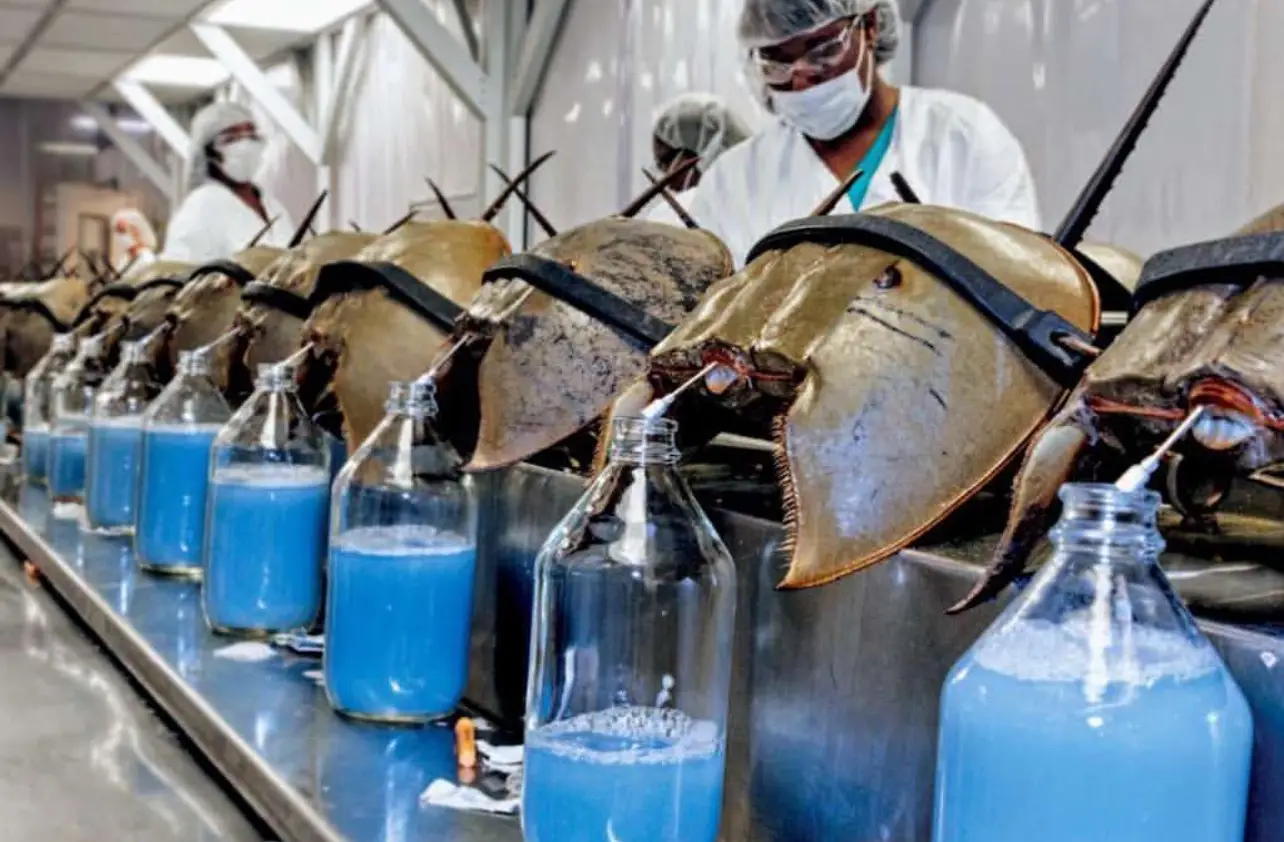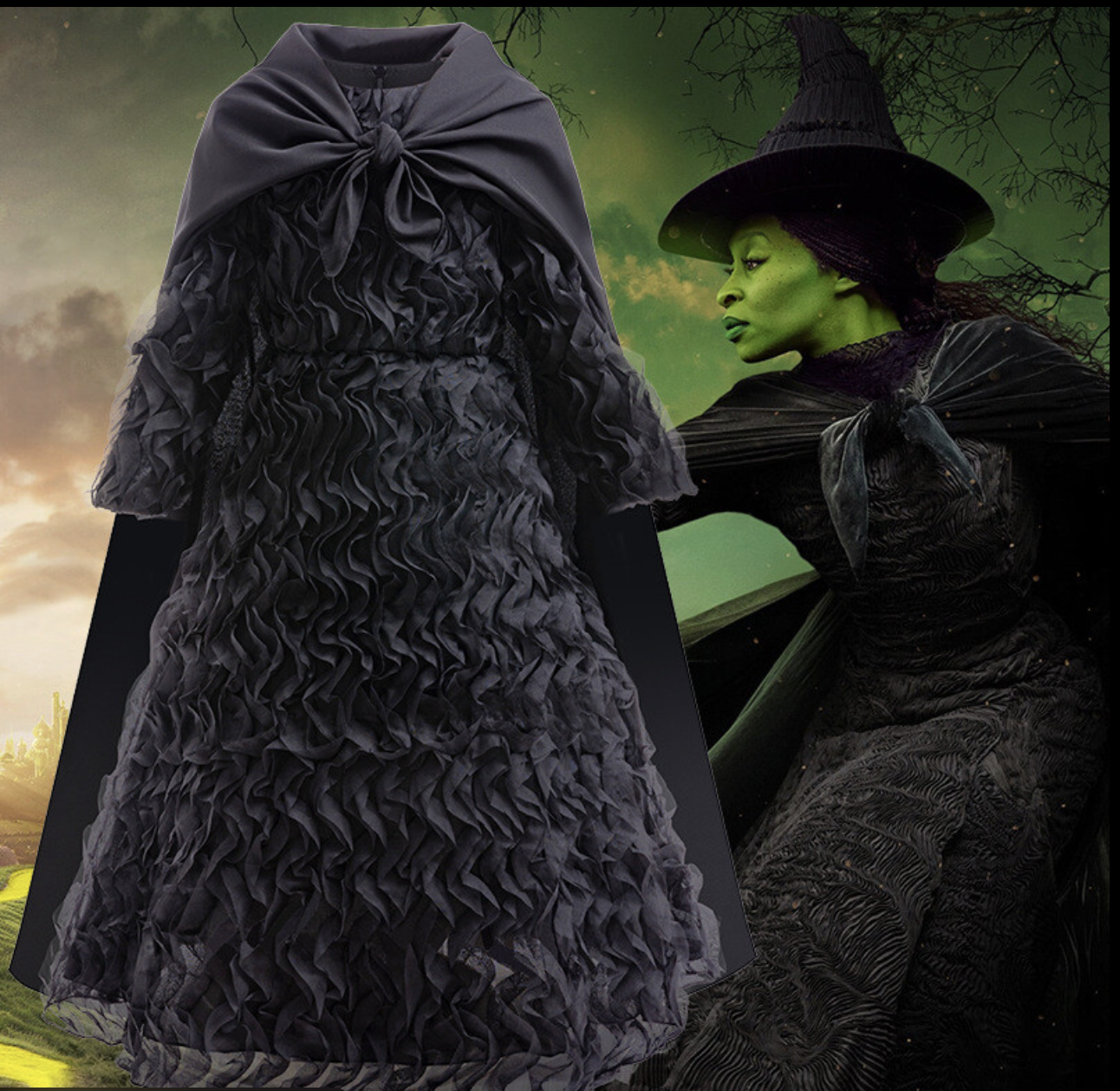
Did You Know That There Are Other Colors of Blood, Not Just Red?
When we think of blood, we almost always imagine the color red—and for humans and many animals, that’s true. But did you know that not all creatures bleed red? In fact, nature is full of surprises, and some animals have blue, green, purple, or even transparent blood. These unusual blood colors are caused by different molecules used to carry oxygen, depending on the species.
Let’s explore some of the most fascinating examples of non-red blood in the animal kingdom.
🟦 Blue Blood – Horseshoe Crabs, Octopuses, and Squids

Unlike humans who rely on hemoglobin (iron-based), animals like horseshoe crabs, octopuses, squids, and some spiders use a copper-based protein called hemocyanin to transport oxygen.
Hemocyanin turns blue when it binds with oxygen. This type of blood works better in cold and low-oxygen environments, like the deep ocean. Fun fact: Horseshoe crab blood is extremely valuable in medicine because it can detect bacterial toxins.
🟩 Green Blood – Lizards from New Guinea
Some species of skinks (a type of lizard from New Guinea) have green blood, skin, and even bones. This unusual color comes from biliverdin, a green bile pigment that is toxic in high amounts for most animals—but not for these reptiles.
Their blood is so rich in biliverdin that it overpowers the red of hemoglobin. Scientists are still studying how these lizards survive such high levels of a pigment that would be deadly to humans.
🟣 Purple Blood – Peanut Worms and Brachiopods
A less common color, purple blood, can be found in creatures like peanut worms (sipunculids) and some types of marine worms and mollusks. They use a protein called hemerythrin to carry oxygen.
Hemerythrin turns purple or violet when oxygenated. These animals often live in muddy or deep-sea environments where other oxygen carriers wouldn’t work as efficiently.
⚪ Transparent Blood – Icefish of Antarctica
One of the strangest examples of all is the Antarctic icefish, which has clear or colorless blood.
These fish live in icy waters where oxygen levels are high, so they don’t need hemoglobin. Instead, oxygen dissolves directly into their blood plasma. Their bodies have evolved to survive without the typical oxygen-carrying molecules.
Why Is Human Blood Red?
In humans and most vertebrates, blood is red because of hemoglobin, the iron-containing protein in red blood cells. When hemoglobin binds with oxygen, it turns bright red. Without oxygen, it looks darker—more of a maroon or bluish color (which is why veins under your skin sometimes appear blue).
Nature’s Rainbow of Blood
The color of blood isn’t just a random trait—it’s an adaptation that helps animals survive in different environments. Whether it’s the deep sea, freezing cold waters, or toxic levels of bile pigments, evolution has shaped blood in many forms and colors.
So next time you think of blood as just red, remember: in the world of biology, red is just the beginning.







